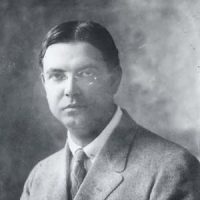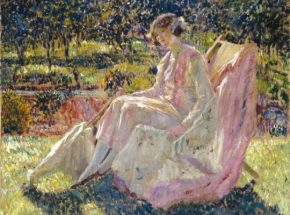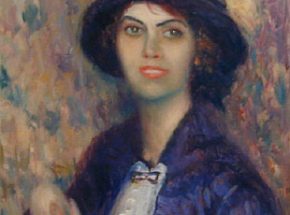

Frederick Carl Frieseke’s paintings often depicted women at leisure in light-filled, floral surroundings. Although he began his artistic training in Chicago and New York, Frieseke spent much of his life abroad in France. His style—defined by its ties to Japonisme and its interplay between color, pattern, and natural light—was also practiced by other American painters who spent time in Giverny.
Source: Museum of Fine Arts, Houston

